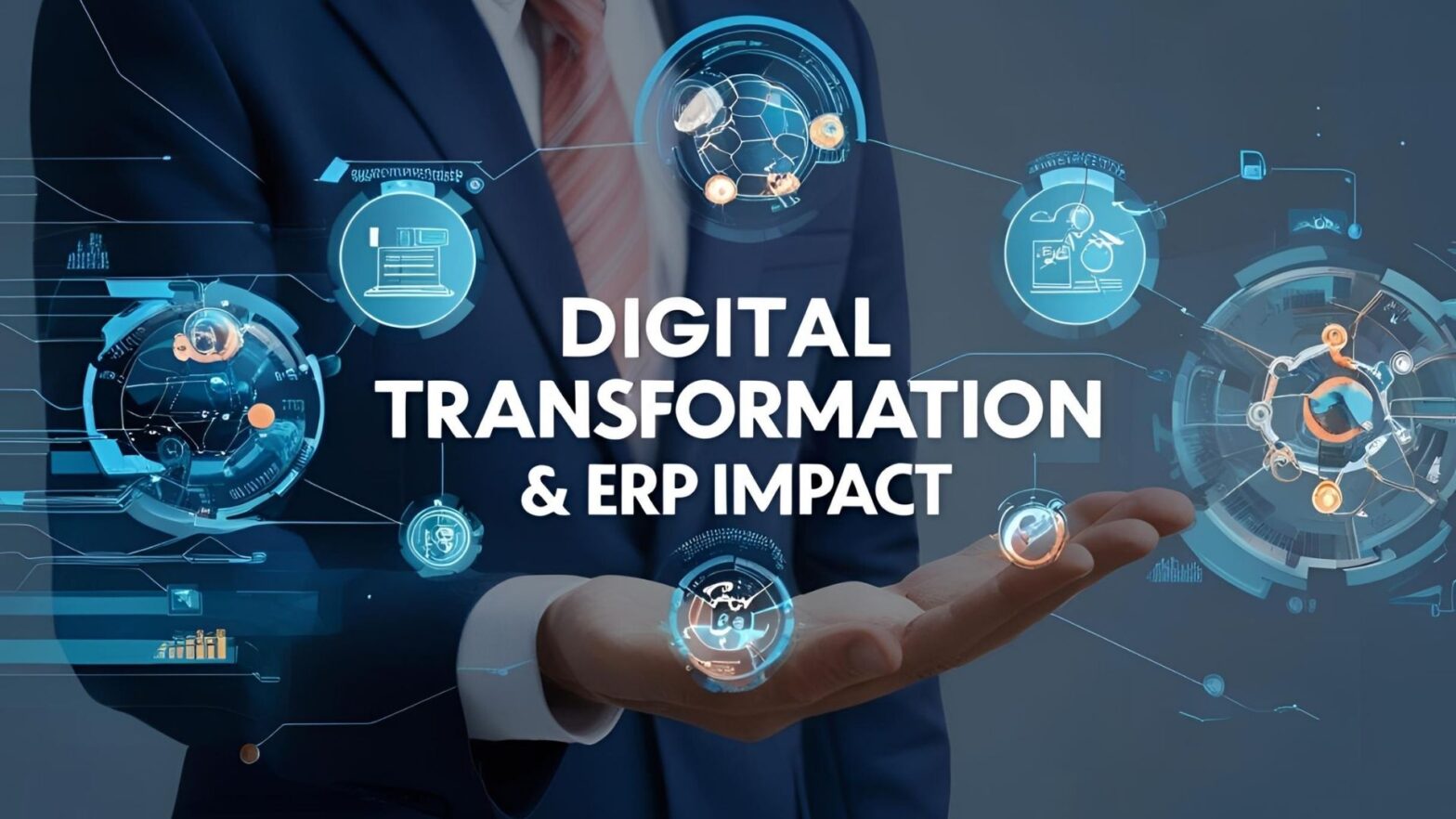If you’re considering a new ERP system for your building material distribution business, one of the biggest questions on your mind is probably this:
“How long will this really take?”
You’ve got operations to run, employees to manage, and customers to serve. Shutting down or disrupting your business for weeks—or months—just isn’t an option. The good news? A well-planned ERP implementation doesn’t have to bring your operations to a halt.
Here’s a realistic look at what’s involved in ERP implementation, how long it actually takes, and what you can do to keep it on track.
The Short Answer: 3 to 9 Months for Most Mid-Sized Distributors
For building material suppliers with one or more yards, the average ERP implementation takes between 3 to 9 months from project kickoff to go-live. The exact timeline depends on:
How many locations you have
The complexity of your current operations
How much customization or integration you need
The experience and resources of your ERP partner
Your internal team’s availability to participate
A Step-by-Step Breakdown
Let’s walk through the typical ERP implementation timeline so you can see what happens at each stage.
- Planning and Discovery (2–4 weeks)
This is where everything starts. You and your ERP provider will:
Review your current systems and processes
Identify specific needs (multi-yard inventory, dispatch, order workflows)
Set goals and priorities
Build a realistic implementation roadmap
The better this phase is done, the smoother the rest will go.
- Data Preparation and System Setup (4–8 weeks)
Your ERP provider will start configuring the system while helping you:
Clean and prepare your existing data
Set up your inventory items, SKUs, pricing, and customer info
Map out workflows like quoting, ticketing, invoicing, and delivery
This is also when you’ll decide which old systems will be phased out and when.
- Customization and Integration (4–12 weeks)
If you need the ERP to integrate with accounting tools, payment platforms, or delivery apps, this is where it happens. Also, if your operations are unique (custom pricing, inventory rules, truck routing), this is when those features are built into your system.
Customization adds time, but it’s often well worth it for a smoother daily operation.
- Training and Testing (3–6 weeks)
Your team needs time to get comfortable with the system before it goes live. This phase includes:
Hands-on training for office staff, yard teams, and managers
Testing to make sure all processes are working
A chance to spot and fix any issues before launch
The goal is to avoid surprises on go-live day.
- Go-Live and Post-Launch Support (2–4 weeks)
Once you’re live, your ERP provider will stay closely involved to:
Monitor system performance
Answer staff questions
Make small adjustments as needed
Ensure everything runs smoothly
This support is especially important in the first few weeks.
What Can Slow Down ERP Implementation?
ERP projects can take longer than expected if:
Key decision-makers aren’t available to give feedback
Your data is disorganized or incomplete
There’s too much change at once (new locations, staff turnover, etc.)
Internal teams resist change
Working with an experienced provider and having a clear point person on your side can help keep things moving.
Tips to Speed Up Your Implementation
Assign a project lead: One person from your business should coordinate with the ERP team
Get your data ready early: Clean data means fewer delays
Schedule training during slower business periods: So your team can focus
Start simple: You can always add more features later
Final Thoughts
ERP implementation is a serious commitment, but it’s also one of the most powerful investments you can make in your business. With the right approach and a focused timeline, most suppliers can be up and running in under 6 months—without major disruptions.
And once you’re live, you’ll wonder how you ever managed without it.


